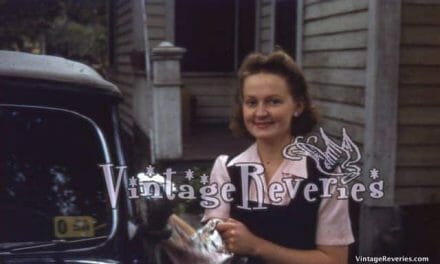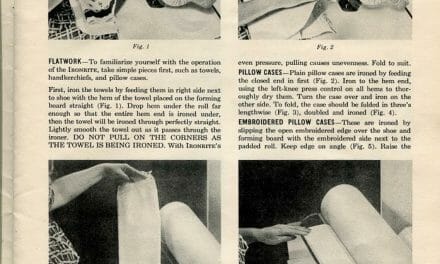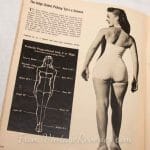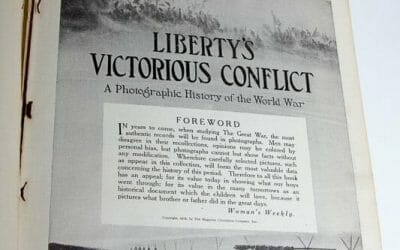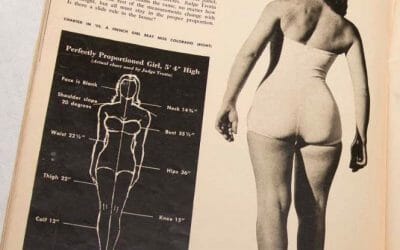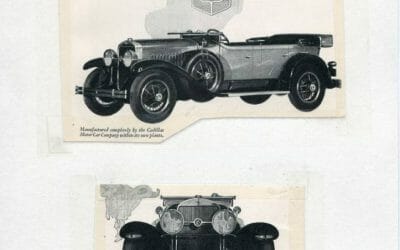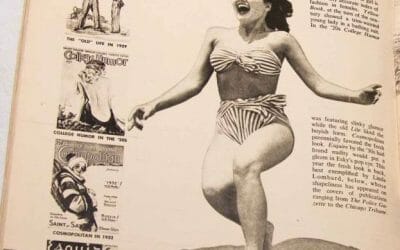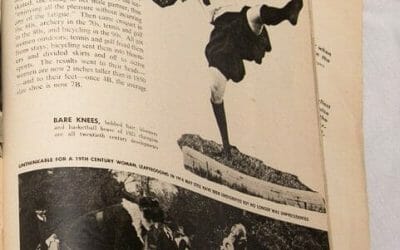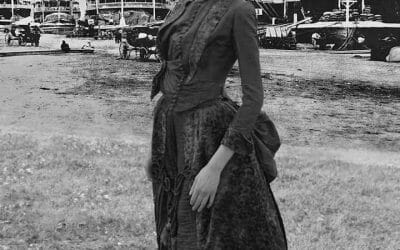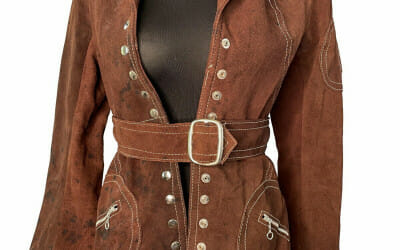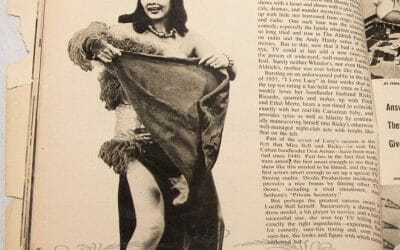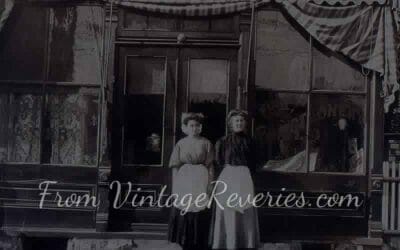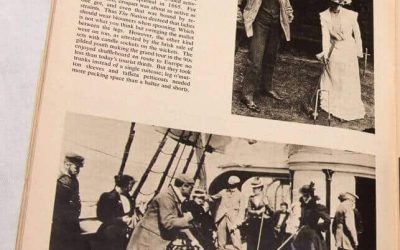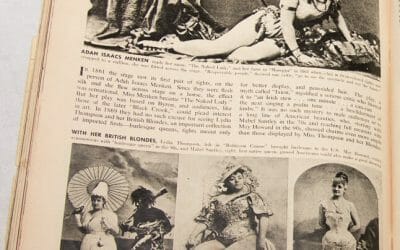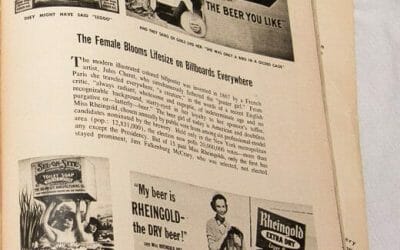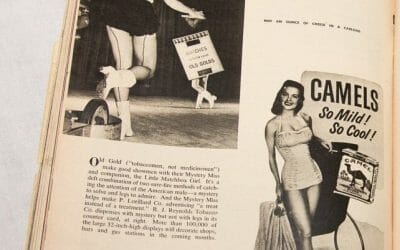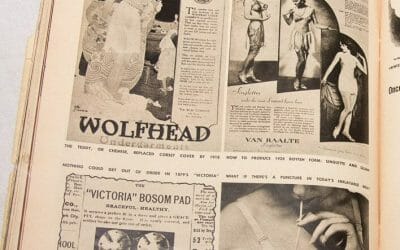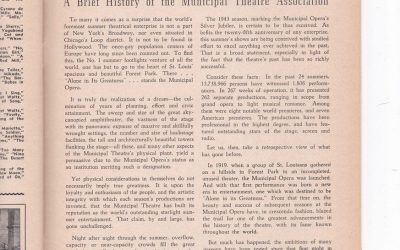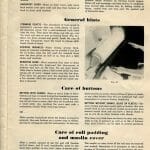
World War I timeline, soldiers photos, and heroes
Hey, I’ve just gone through the last few pages of ‘Liberty’s Victorious Conflict,’ a book from my latest scanning project, and it’s quite the journey through the World War I timeline. You’ll find everything from dramatic shots of fighter planes in the heat of battle, to the brave souls piloting them, and even heartfelt glimpses of soldiers on the mend. There’s also a detailed look at the hospital train cars that played such a crucial role back then. Not to mention, a concise timeline that captures the key events from 1914 to 1917, shaping the course of the war. And yes, there’s a piece on Woodrow Wilson’s pivotal speech pushing for America’s entry into the conflict. It’s a rich tapestry of history, captured in one place.

